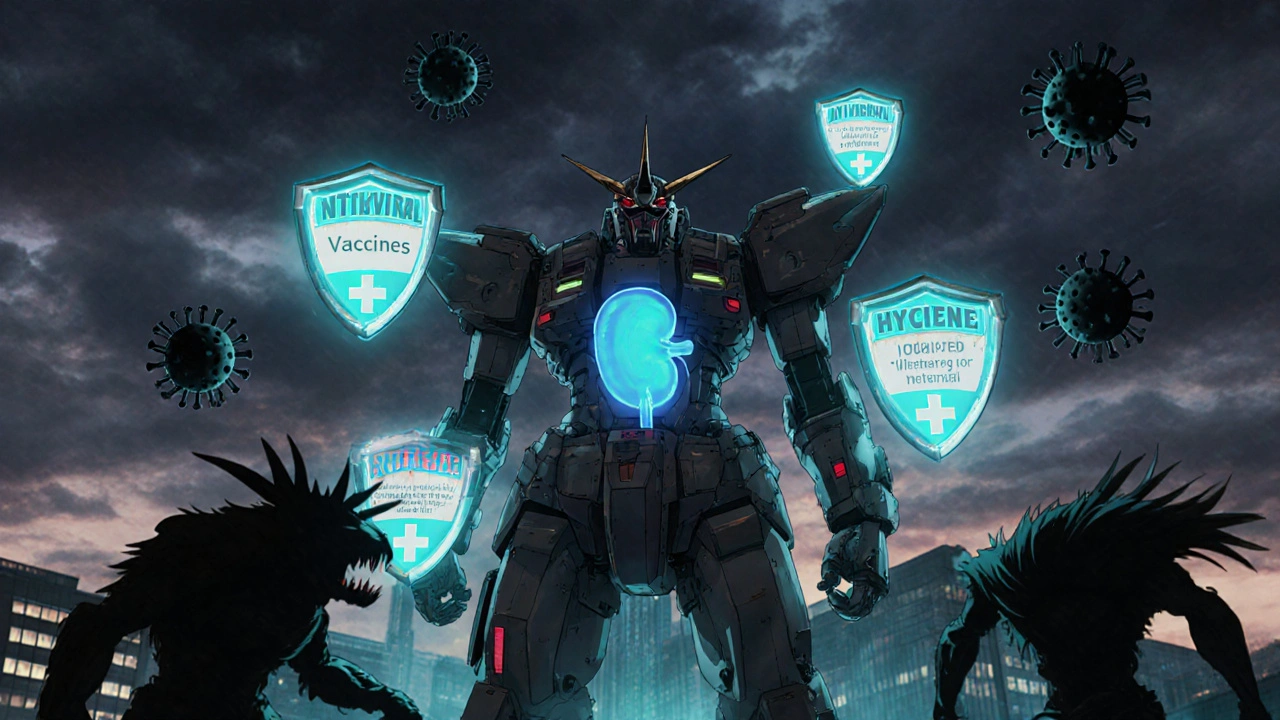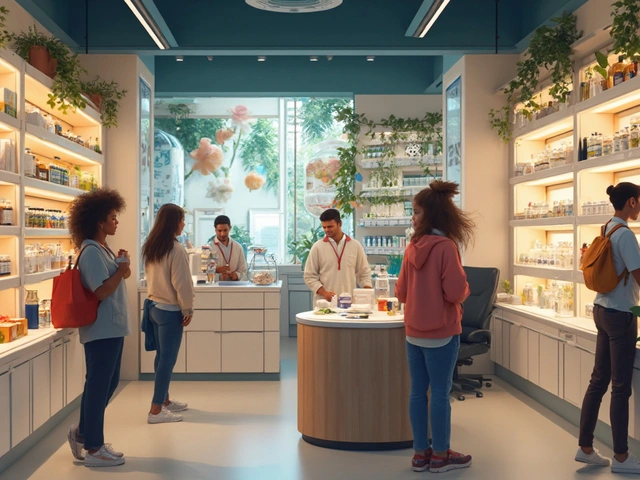CMV Prophylaxis: Preventing Cytomegalovirus Infection in High-Risk Patients
When your immune system is weakened—after a transplant, during chemotherapy, or because of HIV—CMV prophylaxis, a preventive treatment strategy to stop cytomegalovirus from causing serious illness. Also known as cytomegalovirus prevention, it’s not about curing an active infection, but stopping it before it starts. Cytomegalovirus, or CMV, is a common herpesvirus that most people carry without symptoms. But for someone with a suppressed immune system, it can lead to pneumonia, colitis, retinitis, or even death. That’s why doctors don’t wait for symptoms—they act before the virus wakes up.
CMV prophylaxis is most often used in transplant recipients, people who’ve received organ or stem cell transplants and are on strong immunosuppressants. It’s also common in people with advanced HIV or those undergoing intense cancer treatments. The goal is simple: lower the chance of CMV reactivation. Drugs like valganciclovir, ganciclovir, or sometimes foscarnet are given for weeks or months right after the transplant, when the risk is highest. It’s not a one-size-fits-all approach. Doctors weigh factors like the donor’s CMV status, the recipient’s immune level, and the type of transplant to decide who needs it and for how long.
There’s also antiviral drugs, medications designed to block viral replication that play a central role. These aren’t antibiotics—they don’t kill bacteria. They interfere with how CMV copies itself inside cells. Taking them daily, even when you feel fine, is critical. Skipping doses or stopping early can let the virus bounce back harder. Some patients get prophylaxis for 100 days. Others, especially those with high-risk transplants, may need it for six months or longer. Side effects like low white blood cell counts or kidney issues are tracked closely. Blood tests aren’t optional—they’re part of the safety plan.
CMV prophylaxis isn’t the only strategy. Some centers use pre-emptive therapy—monitoring blood levels and treating only when the virus is detected but before symptoms appear. But prophylaxis is still the go-to for the highest-risk groups because it’s more predictable. It reduces hospital stays, avoids organ rejection triggered by CMV, and gives patients a better shot at long-term recovery.
Below, you’ll find real-world guides on tracking medication routines, spotting fake pills, understanding drug risks like QT prolongation, and managing side effects from immunosuppressants—all things that matter when you’re on long-term antiviral treatment. Whether you’re a patient, caregiver, or just trying to understand what goes into keeping someone safe after a transplant, these posts give you the clear, practical details you need.




